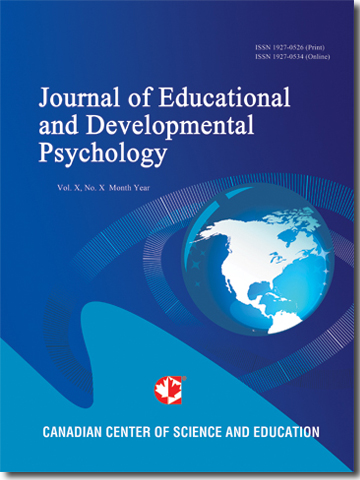Assessment of Internet Learning for High School Students
- Paris S. Strom
- Kelli L. Hendon
- Robert D. Strom
Abstract
The generally poor academic performance of secondary school students across the United States is motivating educators to discover ways to improve school conditions of learning. Because the main source of knowledge is the Internet, helping students know how to use this tool wisely and relate their searching to cooperative learning group assignments is a focus of instructional concern. The purpose of this study was to determine how to improve Internet learning at a single high school. The principal chose to use student voice as the method and invited all students to take the Internet Learning Poll to find out how they felt about learning from the Internet. They were told that taking the poll was voluntary, not an assignment, their responses would be anonymous, and combined with other students. Of 461 students enrolled, 444 took the poll, yielding a school completion rate of 96%. Students wanted to be taught methods to improve their Internet research skills and how to evaluate website credibility. They maintained that teachers needed training to devise assignments which contribute to Internet searching and problem-solving practice in cooperative learning teams. Student polling presents evidence-based data to identify needs of students and contribute to better school practices. The elements used to establish the goals of continuous school improvement planning can be met by focusing on faculty improvement, student voice, and principal leadership.
- Full Text:
 PDF
PDF
- DOI:10.5539/jedp.v13n1p17
Journal Metrics
(The data was calculated based on Google Scholar Citations)
1. Google-based Impact Factor (2021): 1.11
2. h-index (December 2021): 29
3. i10-index (December 2021): 87
4. h5-index (December 2021): N/A
5. h5-median (December 2021): N/A
Index
- Academic Journals Database
- CNKI Scholar
- Copyright Clearance Center
- CrossRef
- Elektronische Zeitschriftenbibliothek (EZB)
- EuroPub Database
- Excellence in Research for Australia (ERA)
- Harvard Library
- Jisc Library Hub Discover
- JournalSeek
- JournalTOCs
- LIVIVO (ZB MED)
- LOCKSS
- MIAR
- Open Access Journals Search Engine(OAJSE)
- PKP Open Archives Harvester
- Publons
- ROAD
- Scilit
- SHERPA/RoMEO
- Standard Periodical Directory
- Stanford Libraries
- Technische Informationsbibliothek (TIB)
- UCR Library
- UoB Library
- WorldCat
- Zeitschriften Daten Bank (ZDB)
Contact
- Carol WongEditorial Assistant
- jedp@ccsenet.org
